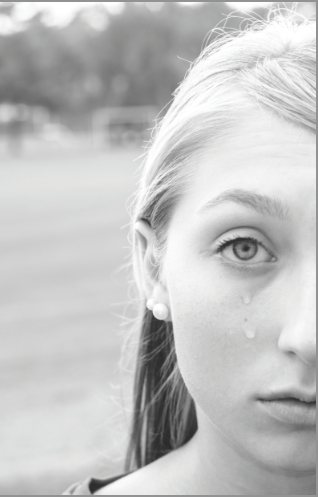Domestic Violence: What We Know

-Women around the world will experience more than 4 million physical assaults and rapes by their partners, whereas men are victims of nearly 3 million physical assaults worldwide, according to safehorizon.org.
-According to safehorizon.org, more than 60 percent of domestic violence incidents happen in the home.
-According to the U.S. Department of Housing and Urban Development, domestic violence is the third highest factor resulting in family homelessness.
-Survivors of domestic violence face high rates of depression, sleep disturbances, anxiety, flashbacks and other emotional distress, according to safehorizon.org.
-Boys witnessing domestic violence are far more likely than girls to become abusers of their partners/children in the future, therefore continuing the cycle of violence, according to safehorizon.org.
-According to Futures Without Violence, 22.5 million children in the United States live with families where parental violence occurred at least once in the past year.
-Women who have experienced domestic violence are 80 percent more likely to develop a stroke, 70 percent more likely to develop heart disease, 60 percent more likely to develop asthma and 70 percent more likely to drink more heavily than women who have not experienced intimate partner violence, according to Futures Without Violence.
-The United Nations Development Fund for Women estimates at least one in every three, or 1.3 million women globally, will be beaten, raped or otherwise abused during her lifetime.
– According to National Coalition Against Domestic Violence (NCADV), 85 percent of domestic violence victims are women.
-Historically, one out of three females have been victimized by someone they knew, according to NCADV.
-The FBI estimates that only 46 percent of rapes and sexual assaults are reported to the police.
The month of October is Domestic Violence Awareness Month (DVAM), a time for communities to come together and build awareness of abuse and violence. Domestic abuse violates a person’s safety as well as their basic human rights. DVAM serves as a time to remember loved ones who have died, honor those who have survived domestic violence and recognize the progress that has been made in reducing these tragedies that occur daily in homes around the world. DVAM was created in 1981 by the National Coalition Against Domestic Violence. According to the NCADV, the initial intent was to connect ‘battered’ women advocates across the nation and working together to end violence against women and their children. Women and all victims can only move forward by sharing their experiences and bringing awareness to ultimately end the abuse globally.
Your donation will support the student journalists of Kirkwood High School. Your contribution will allow us to purchase equipment and cover our annual website hosting costs.

Grade: 12
Twitter handle: N/A
If you could be another Call staffer, who would you be?: I would be Katie Hackett because her wit is inspirational.
Interests: dogs,...

Grade: 12
Twitter handle: @Trevor__Currie
If you could be another Call staffer, who would you be?: Jasper Kipp
Interests: photography and hiking







